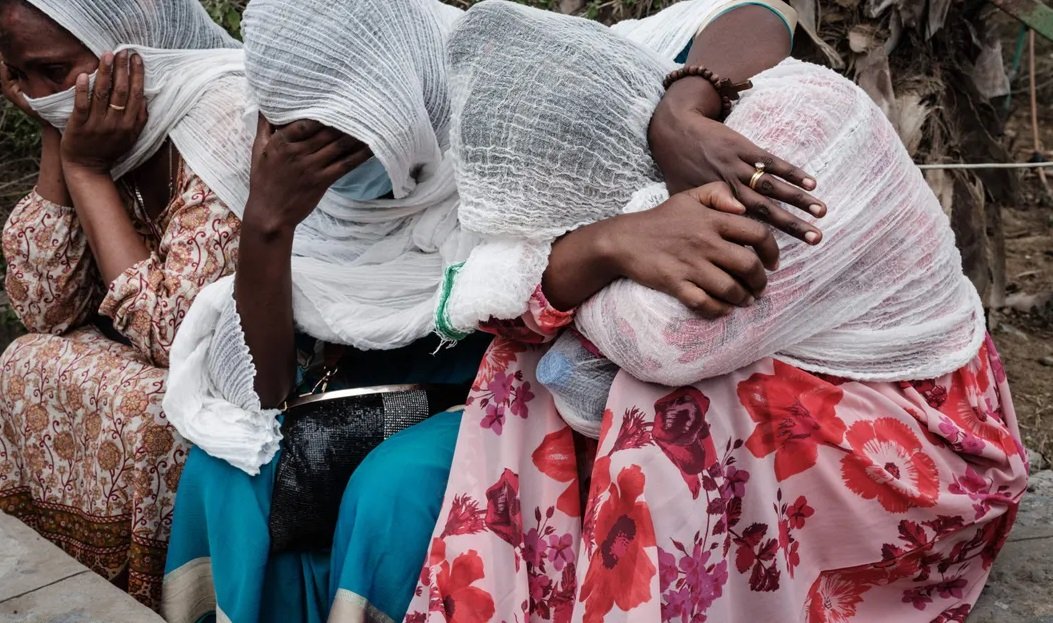 Residents are said to have been displaced from their homes due to the renewed conflict in northern Ethiopia It has been reported that the displaced individuals sought refuge in the cities of Kobo, North Wolo, and Sekota.
Residents are said to have been displaced from their homes due to the renewed conflict in northern Ethiopia It has been reported that the displaced individuals sought refuge in the cities of Kobo, North Wolo, and Sekota.
A total of 29,000 individuals were reported to have been displaced from Alamata and its neighboring areas. The United Nations Human Rights Commission released a report indicating that 29,000 people have been displaced from the Raya and Alameta regions.
As per the organization’s report, residents have been forced to leave their homes due to the recent conflict along the Tigray and Amhara region border areas.
The organization also confirmed that the evacuees have sought shelter in designated locations in Kobo, North Wolo, and Sekota.
Furthermore, the organization mentioned the possibility of more citizens being displaced due to the ongoing instability in the region, and assured that essential support such as water, food, and other necessities are being provided to those affected. It was also noted that with dwindling support from donor institutions and countries, the local community is stepping in to provide assistance where possible.
Reports indicate that staff from the Ethiopian Disaster Prevention and Preparedness Commission have been dispatched to the area to ensure that evacuees receive necessary support such as shelter, medical services, and other essentials. The evacuees were reportedly compelled to leave their homes following the arrival of armed groups in the Raya and Alamata regions a week ago.
Transport between Kobo and Alamata, which had been halted after the deployment of federal security forces in Alamata city, has now been resumed. The conflict in northern Ethiopia erupted after militants attacked the national defense’s northern command in the Tigray region.
This conflict, which lasted for two years, was brought to a halt by the African Union in Pretoria, South Africa, but the peace agreement remains partially implemented.
Recent clashes in the Raya area have reignited tensions between the Tigray and Amhara regions.
The Ethiopian Navy soldiers have been reported to be actively involved in the ongoing conflict in the Amhara region, as confirmed by the National Defense Army.
As a result of the conflict, which erupted in the border areas of Tigray and Amhara, the arrival of HH militants in the region has been identified as the root cause, leading to the displacement of residents who fear for their safety. In response to the situation, the Amhara regional government has stated that this invasion by HHW marks the fourth occurrence, exacerbating the tensions in the area.
Getachew Reda, President of the Tigray Region Interim Administration, has stressed that both the Federal Government and the Tigray Interim Administration bear responsibility for the ongoing incidents in South Tigray and other forcibly occupied Tigray states. He also made it clear that the conflict does not involve the TPLF or the Tigray and Amhara regions.
The Habesha
